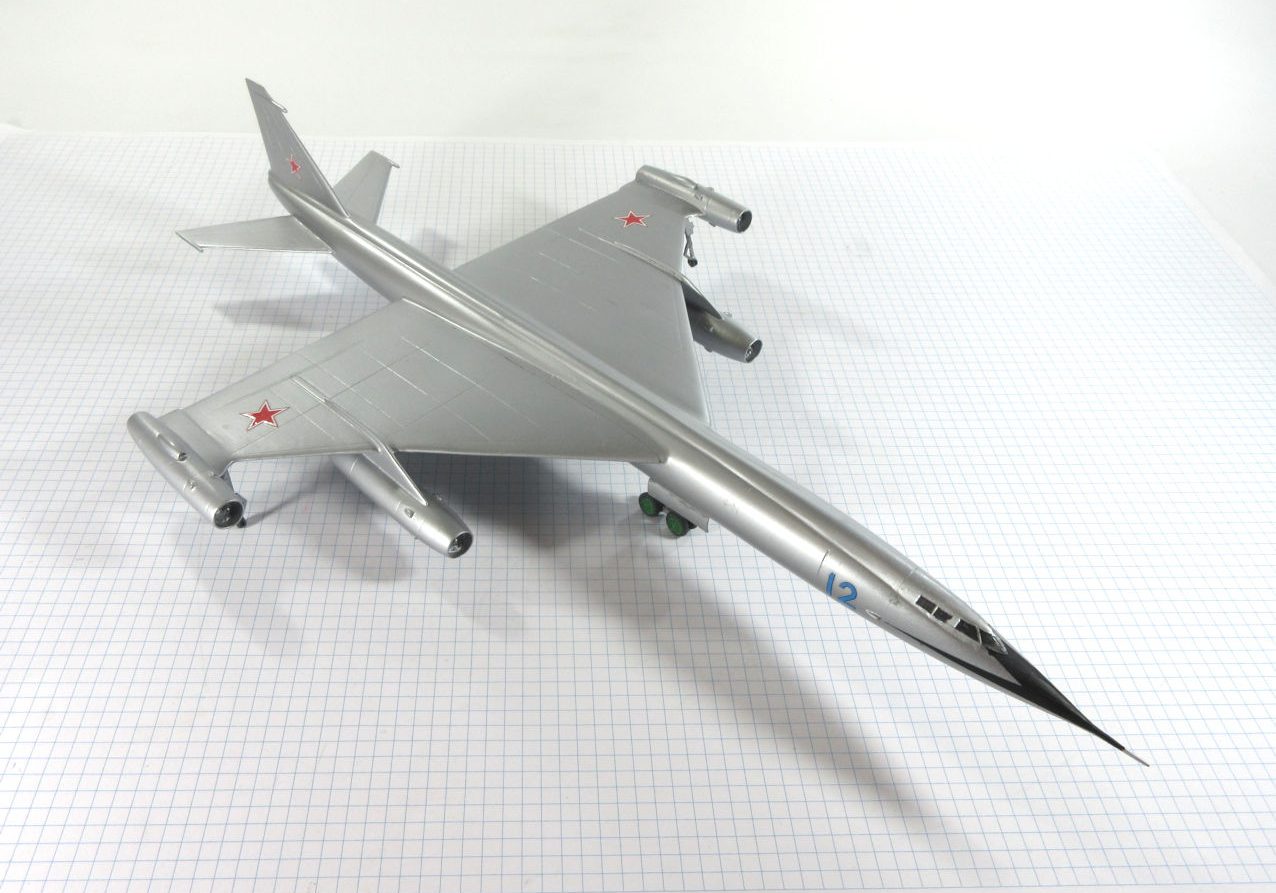Anigrand Craftworks is a Hong Kong based kit maker which is well known for its range of resin kits. The kits are not made to the high standards of, say, CMK, kits, but they are also a lot better than a great many resin kits and can be turned into pretty good replicas with a little care and patience.
One of Anigrand’s ranges is its 1/144 ‘Huge Bird’ collection which comprises almost a hundred kits, most of well known but so far unkitted subjects, some rare prototypes that are never likely to be kitted and quite a few aeroplanes that were designed but never built. These kits are not cheap but each one comes with a bonus; in addition to the prime subject the kit includes three smaller kits so that you get four kits for the price of one.
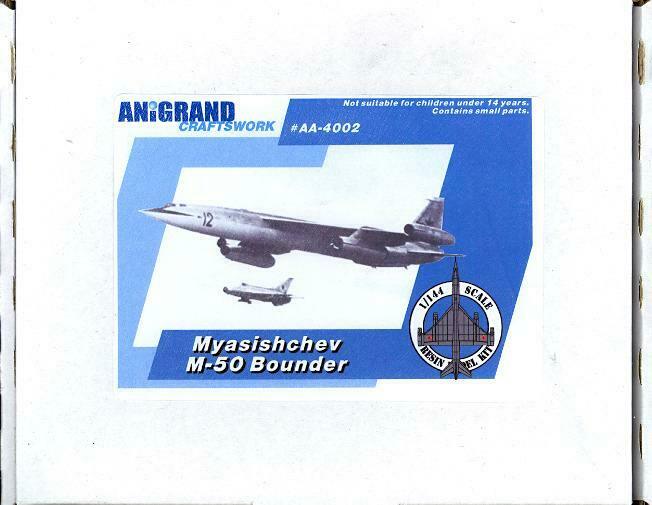
The second kit in the range is AA-4002 in which the prime subject is the Myasischev M-50 (Bounder) which startled Western observers when it flew at the annual Tushino air show in 1961. Even though the project had already been cancelled the West did not know that and it caused quite a stir. The other three kits in the AA-4002 box is the MiG Ye-152A, of which only one prototype was made, the Lavochkin La-250 long range interceptor, which never made it into production, and the Sukhoi Su-15 (Flagon) interceptor which served with Soviet forces into the 1990s.
After having made a lot of Boeings which seem to involve endless masking, I felt like a change and wanted something with a simple paint scheme while also being novel and an interesting subject. The Bounder came immediately to mind as looking like something out of a 1950s science fiction movie. Usually I make only the prime subject in one of these kits and save the rest for later, but on this occasion I thought it would be interesting to make all four at the same time. Part of the reason for doing this is that all subjects had the same bare metal finish and they all represent a period of Russian military aeroplane design in the 1950s, which can be seen in the way that they all have the same basic wing platform.
When you open the kit box you are confronted with a vast amount of resin in several clear plastic pouches, each pouch containing parts for one of the kits. In the Anigrand photo of the kit all the parts are nicely laid out and ready to be assembled but the parts in the box are a lot rougher than that and need a lot of work to get them ready for assembly. There is also the occasional hole in the resin from when it was poured and air got into the mixture, creating air bubbles. The best way to deal with them is to enlarge them and then use whatever filler suits you best to fill them.
All four models were finished in Tamiya’s AS-12 Bare Metal Silver but I varied the base colours as an experiment, so they didn’t all come out in quite the same shade. The kits of the three subjects that didn’t make it into production only have bits of black trim while the Flagon also has a nice big green radome. I’m not sure that Russians prototypes from the 1960s has the green wheel hubs usually seen on Russian aeroplanes, but I thought it gave them all a little splash of colour to liven the models up a little.
None of these kits gave up without a struggle and lots of filler and sanding was involved, as well as angry moments when, for example, I found I had superglued tiny parts to my fingers or they had disappeared onto the floor. These are not kits to be attempted by those who are not brave at heart.
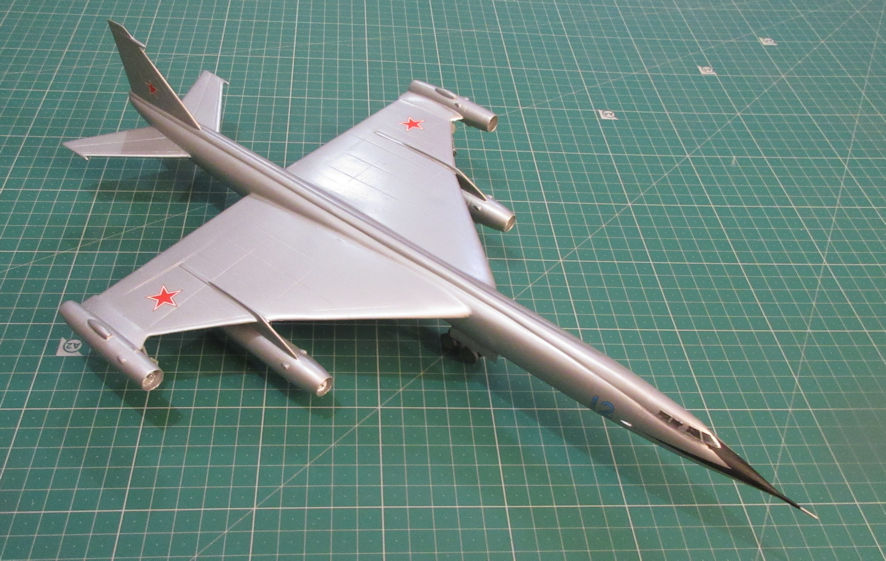
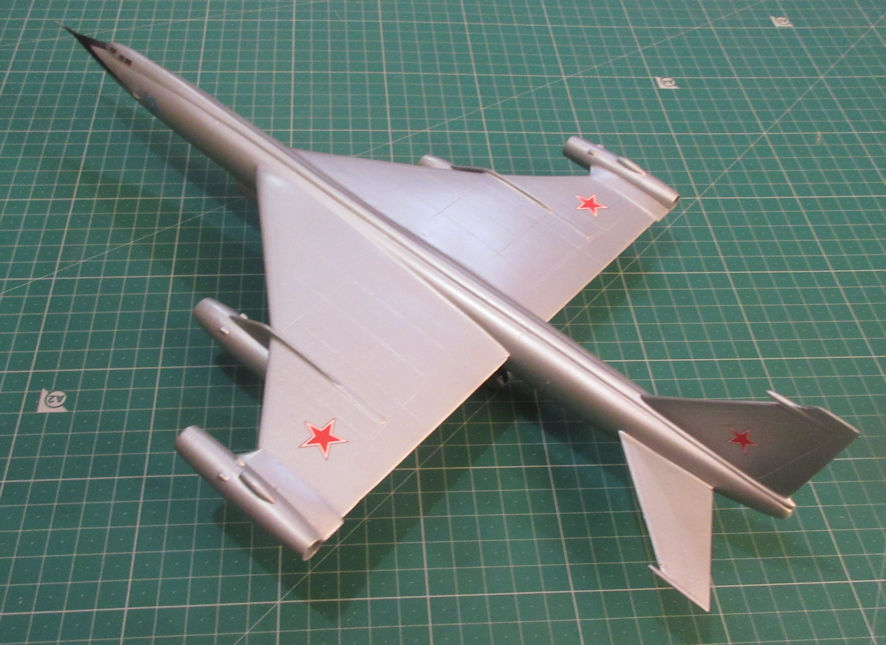
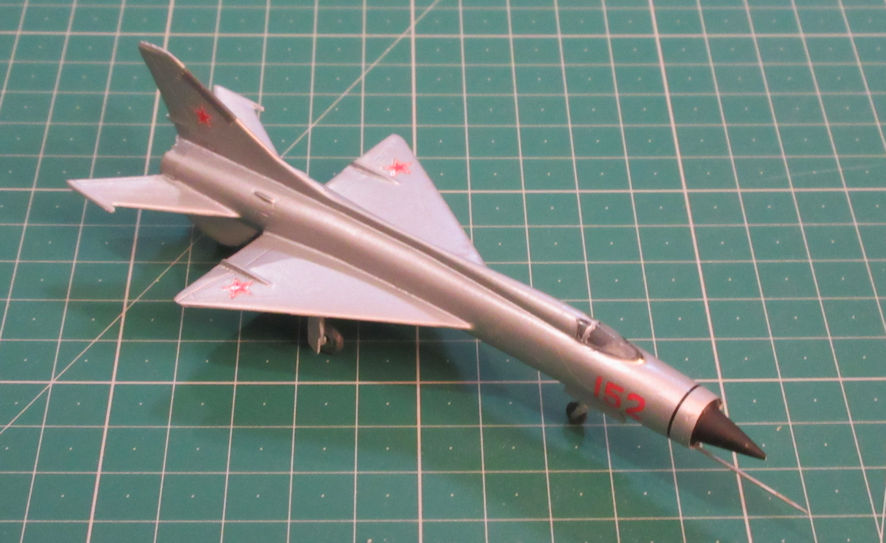
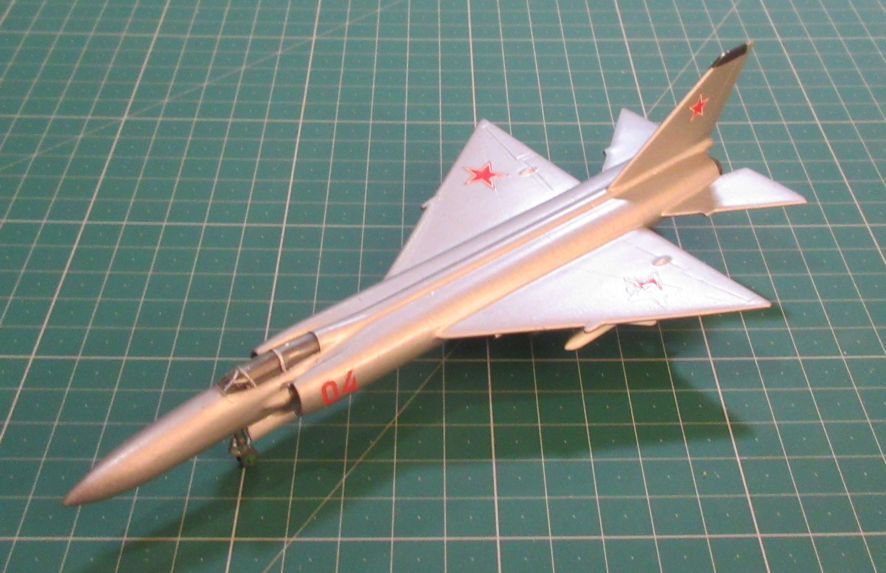
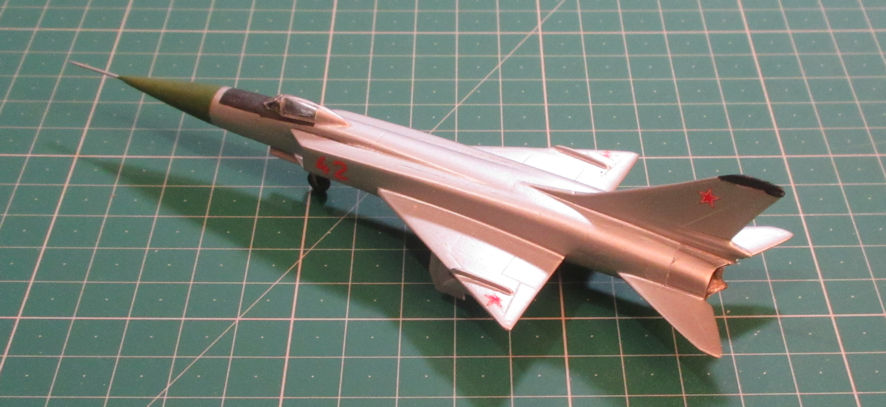
Leigh Edmonds
August 2016
